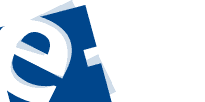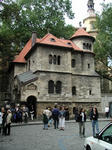
Jewish life in the Czech Republic continued the process of revival that began after the fall of communism in 1989. As the only rabbi in the country, Prague Rabbi and Czech Chief Rabbi Karol Sidon, who took up his post in late 1992, was a major catalyst in this. About 3,000 Jews in the Czech Republic, including 1,300 in Prague, identified with the community. There were numerous classes, conferences, cultural and social events. An old age home was opened in Prague in late 1993, and a Jewish kindergarten opened in 1994.
The ritual orientation of the community was strictly Orthodox. This alienated some people, particularly younger people, products of mixed marriages, who felt a Jewish identity but were not Jewish according to halakhah. A number of them gravitated to an alternative Havurah group, Bet Simcha, that functioned outside the mainstream of the official Jewish community and made a point of appealing to people who were not halakhically Jewish but wanted to take part in Jewish activities.
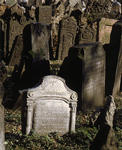 In 1994 another "liberal" Jewish group, Bet Praha, was formed, mainly appealing to the hundreds of American, English, and Canadian Jews in the city. At the High Holidays in 1994, Reform services, conducted by a visiting rabbi, were held in Prague's High Synagogue. Restitution of Jewish property remained an issue. A number of properties that had been owned by the Jewish community in 1938 were returned to the community.
In 1994 another "liberal" Jewish group, Bet Praha, was formed, mainly appealing to the hundreds of American, English, and Canadian Jews in the city. At the High Holidays in 1994, Reform services, conducted by a visiting rabbi, were held in Prague's High Synagogue. Restitution of Jewish property remained an issue. A number of properties that had been owned by the Jewish community in 1938 were returned to the community.
The most notable was the Prague Jewish Museum, including its priceless collection of Judaica and half-dozen synagogue and other buildings in which the collections were displayed, all of which was returned to the community in October 1994. There was continuing concern at incidents involving right-wing and skinhead groups who primarily attacked gypsies but also shouted anti-Semitic slogans.
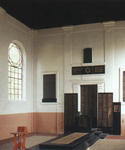
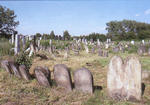
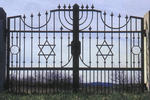
 Guide
Guide 




